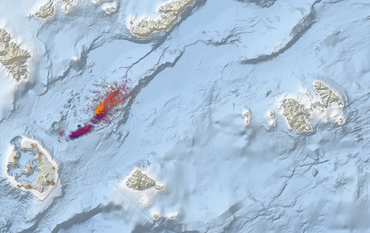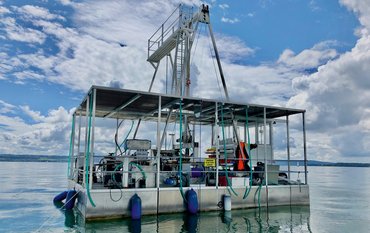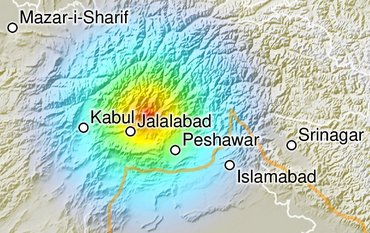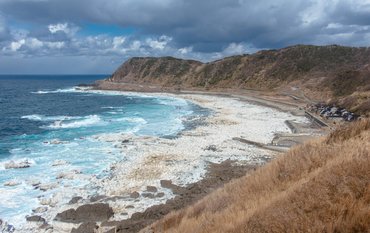Summary
Forests cover around 40 % of the land area in the EU. Between 1990 and 2022, they absorbed around 10 % of man-made CO2 emissions across the EU. However, their ability to act as carbon sinks, i.e. to absorb and store carbon from the atmosphere, is declining. This is described by an international research team led by the European Commission's Joint Research Centre in Ispra, Italy, with the contribution of Prof. Martin Herold from the GFZ Helmholtz Centre for Geosciences in Potsdam, in a perspective paper published in the journal Nature. The causes are increased logging for energy production and the various consequences of climate change, from heat and drought to pest infestation, storms and forest fires.
The reduced carbon sink jeopardises the EU's climate targets of becoming CO2-neutral by 2050. The researchers are therefore calling for urgent measures to halt or reverse this trend. In their paper, they propose research priorities for forest monitoring and modelling and emphasise the need for better forest management to improve our understanding of forest carbon sinks and forest resilience and to guide policy measures to protect this vital resource.
Background: Forests as carbon sinks
Trees absorb carbon dioxide (CO2) from the atmosphere and convert it into biomass through photosynthesis and other processes. This stores the CO2 for the long term. In the EU, forests are the most important natural carbon sink on land. They therefore play a crucial role in the climate balance and in planning emission reduction targets.
Between 1950 and 2020, forests in the territory of the present-day EU more than doubled their biomass and even tripled their carbon reduction potential, partly through reforestation after the Second World War, better forest management, alternative energy sources, forest protection and increased nitrogen and CO2 input.
New study shows: forests as carbon sinks are weakening
It is now becoming apparent that forests as carbon sinks have been weakening in recent years. In their Nature Perspectives paper, the researchers present a detailed assessment, identify causes and call for further research and political action.
According to the EU greenhouse gas inventory published by the European Environment Agency (EEA) in 2024, the average carbon sink of forests decreased by about 27 per cent between 2020 and 2022 compared to the average for the years 2010 to 2014: Expressed in millions of tonnes of CO₂ equivalents, the values fell from an average of -456.9 MtCO2eq/year for 2010-2014 to -374.9 MtCO2eq/year for 2015-2019 and -332.6 MtCO2eq/year for 2020-2022. The latest data for 2025 paints an even bleaker picture with an even sharper decline.
If this trend continues, the EU could miss its short-term target of achieving an additional net reduction of 42 million tonnes of CO₂ equivalents by 2030 compared to the average for the period 2016–2018, as set out in Regulation 2018/841 on Land Use, Land Use Change and Forestry (LULUCF).
Causes of the reduction in the forest carbon sink
There are several reasons for the decline in carbon uptake. On the one hand, deforestation has increased, mainly for energy use. Secondly, climate change is having various effects: it is leading to more frequent heat waves and droughts, which are impairing tree growth. It is also promoting disturbances such as pest infestations, storms, tree mortality and forest fires, which are becoming more frequent and intense in some areas. Another problem is the widespread use of monocultures, which cover 30 per cent of forest area: they are less resistant to the effects of climate change and pests.
Countermeasures
“Reducing greenhouse gas emissions remains the most important strategy for mitigating the effects of climate change. However, it is also important that we change timber harvesting practices and rethink forest management to make forests more resilient to climate change and extreme weather events,” says Prof. Martin Herold, co-author of the study and head of GFZ Section 1.4 Remote Sensing and Geoinformatics. “We also need to monitor the carbon stocks and health of our forests better and in a more timely manner. Reliable data is essential for developing the necessary political and practical measures to restore the carbon sink function of forests and maximise their resilience.”
Closing knowledge gaps through better measurements and better forecasts
The study has identified several knowledge gaps in the monitoring and modelling of European forests. To close these gaps, the researchers see two priorities: First, there is an urgent need to measure carbon fluxes more accurately and in real time by tracking the migration of carbon between the soil, vegetation and atmosphere. Second, predictions of how extreme weather events and worst-case scenarios will alter these flows need to be refined. Addressing these issues is crucial for building a comprehensive EU-wide system for monitoring forests and carbon sinks.
The study highlights several major gaps where further research is needed:
Earth observation: High-resolution satellite imagery combined with aerial imagery and ground observation networks are essential for timely monitoring of forests in the EU. Currently, many EU countries rely mainly on regular forest inventories, which are insufficient to keep pace with the rapid decline in forest health.
In addition, existing forest data sets need to become more transparent and standardised so that they can be used more effectively. Technical advances are also needed to assess the impact on the environment, changes in biomass stocks, forest management and tree mortality.
Forest resilience: There is a need to improve understanding of the interactions between biodiversity, resilience and forest management. Developing a comprehensive framework for monitoring biodiversity based on a combination of soil data and Earth observation could help fill this knowledge gap. Understanding these interactions could in turn support biodiversity-friendly forest management, as mixed forests are more tolerant of disturbances and climate extremes and have greater carbon sequestration potential.
Forecasting and projections: Decisions on forest management and nature-based climate solutions have great potential to maintain or even increase the forest sink. However, predicting potential unintended long-term negative impacts of these solutions, such as the effects of afforestation on local water resources, is critical to improving the future resilience of forests and their adaptation to climate change.
Scaling up: Expanding and improving ongoing research that integrates forest growth and socio-economic models would give policymakers clearer insight into how forest use and the products obtained from forests influence the carbon sink of forests.
Outlook: Possible measures and results
The research outlines actionable measures in the field of forest monitoring, modelling and forest management that could prevent the forest carbon sink’s decline and advance both the 2024 Nature Restoration Regulation , the Land Use Land Use Change and Forestry Regulation (LULUCF), the Carbon Removals and Carbon Farming Regulation (CRCF), and the EU’s Climate Neutrality goal.
The study calls for integrated policies that address both climate and environmental goals and presents a research roadmap to guide these policy decisions.
By pairing timely regulations with incentives for sustainable practices, the EU can still reverse the decline of its forest carbon sink and preserve their expected contribution to climate neutrality by 2050.
(The text is based on the press release by the JRC Ispra and has been reproduced in parts.)
Original publication
Migliavacca, M., Grassi, G., Bastos, A. et al. Securing the forest carbon sink for the European Union’s climate ambition. Nature 643, 1203–1213 (2025). https://doi.org/10.1038/s41586-025-08967-3
Related links:




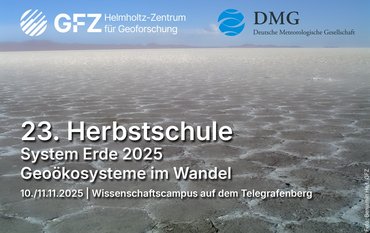
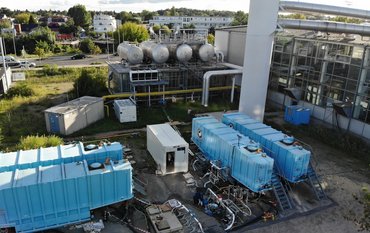
![[Translate to English:] Group photo with 8 people in a seminar room in front of a screen.](/fileadmin/_processed_/2/1/csm_20251114_News_EU-Water-Resilience-Exchange_Kreibich_c-xx_db4e5be690.jpeg)
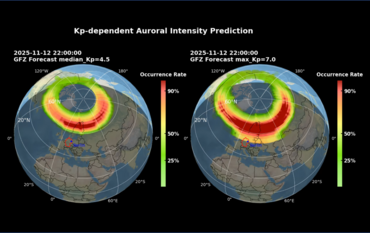


![[Translate to English:] Portrait photo, blurry background](/fileadmin/_processed_/a/2/csm_2025_11_06_JEAN_BRAUN_HE_Helmholtz_Portraits-23_2b5c35beee.jpeg)
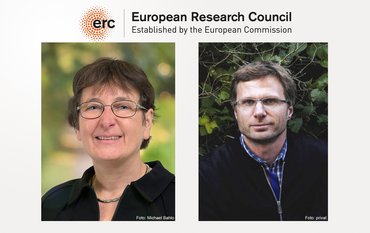
![[Translate to English:] Excerpt from a map of the Phlegraean Fields near Naples, Italy: Left: Red dots mark smartphone sensors, yellow triangles mark fixed seismological stations. Right: The area is coloured in shades of yellow, red and purple according to the amplification of seismic waves.](/fileadmin/_processed_/3/b/csm_20251028_PM_Smartphone-Earthquake_Slider_12500fa0e6.jpeg)

![[Translate to English:] Green background, portrait of Heidi Kreibich](/fileadmin/_processed_/1/1/csm_20251023_Kreibich-Heidi-2025-Vollformat-green_web_-c-Michael-Bahlo_72946c7fe4.jpeg)
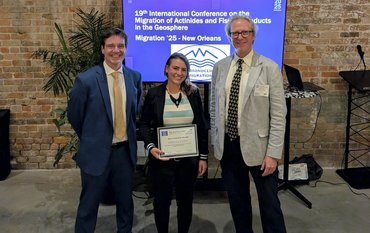
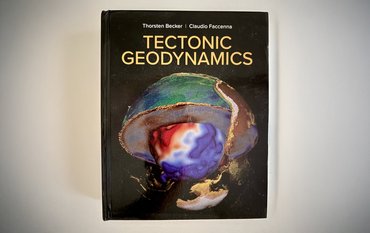

![[Translate to English:] semicircle depicting the future missions, graphics of the new satellites](/fileadmin/_processed_/3/d/csm_2025_10_08_Copernicus_Erweiterung_3f08a76a33.png)
![[Translate to English:] Portrait picture](/fileadmin/_processed_/f/4/csm_Magnall-Joseph-Kachel-c-privat_36e23315c3.jpeg)

